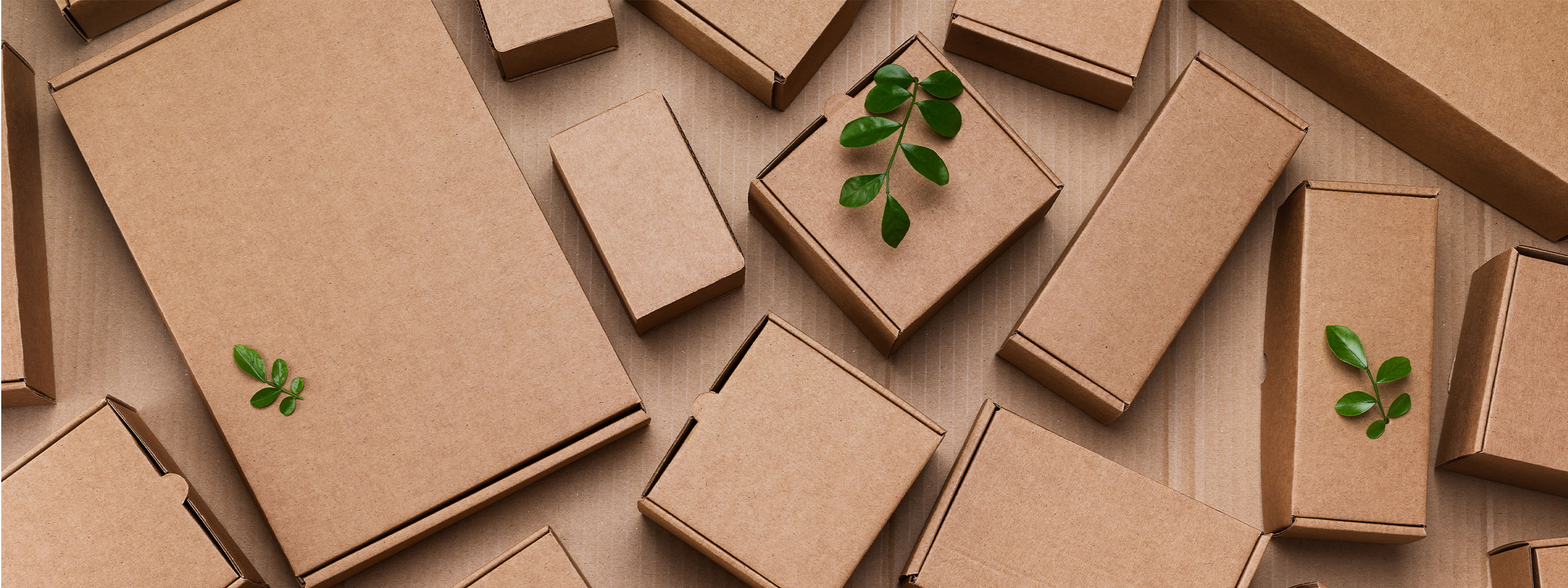Innovation for sustainability
5 sustainable packaging trends
With consumers growing more environmentally conscious and legislation tightening, there's a surging demand for sustainable packaging solutions. Here are five sustainable packaging trends that companies can use to their advantage.
From 'Nice-to-Have' to Standard: The Inevitable Shift to Sustainable Packaging
Sustainable packaging is no longer just a short-term trend. It enhances brand image, increases customer satisfaction, and can make a significant contribution to reducing environmental impact and saving costs. What was once a differentiator is now increasingly required by law. With the planned European Packaging Regulation (PPWR), due to come into force in 2025, the EU is making the recycling and reuse of packaging mandatory.
By 2030, all plastic packaging put on the EU market should be reusable or cost effectively recyclable. In particular, manufacturers or the so-called first distributors will be held accountable. The clock is ticking, but this countdown presents an excellent opportunity for companies to lead the way in sustainable packaging and strategically benefit from early adoption.
Trend 1
Goodbye Plastic Packaging, Hello Recycled Materials
Traditional plastic packaging continues to dominate the industry, but more and more companies are looking for alternatives. Sonos relies on paper and recycled cardboard for its new sustainable packaging design. Not only does it reduce the environmental footprint, but the premium presentation enhances the consumer unboxing experience and effectively strengthens the brand. Faber-Castell uses packaging made from recycled plastic to match its pencils made from recycled plastic waste, ensuring a consistent product story from A to Z.
But be careful! Not all alternatives to plastic packaging are better for the environmentally. Plastic packaging for cucumbers, for example, helps them to stay fresh for longer and to spoil less quickly. Even paper bags are not necessarily better than plastic bags: unless paper bags are reused several times, they have a greater impact on the environment than plastic bags.
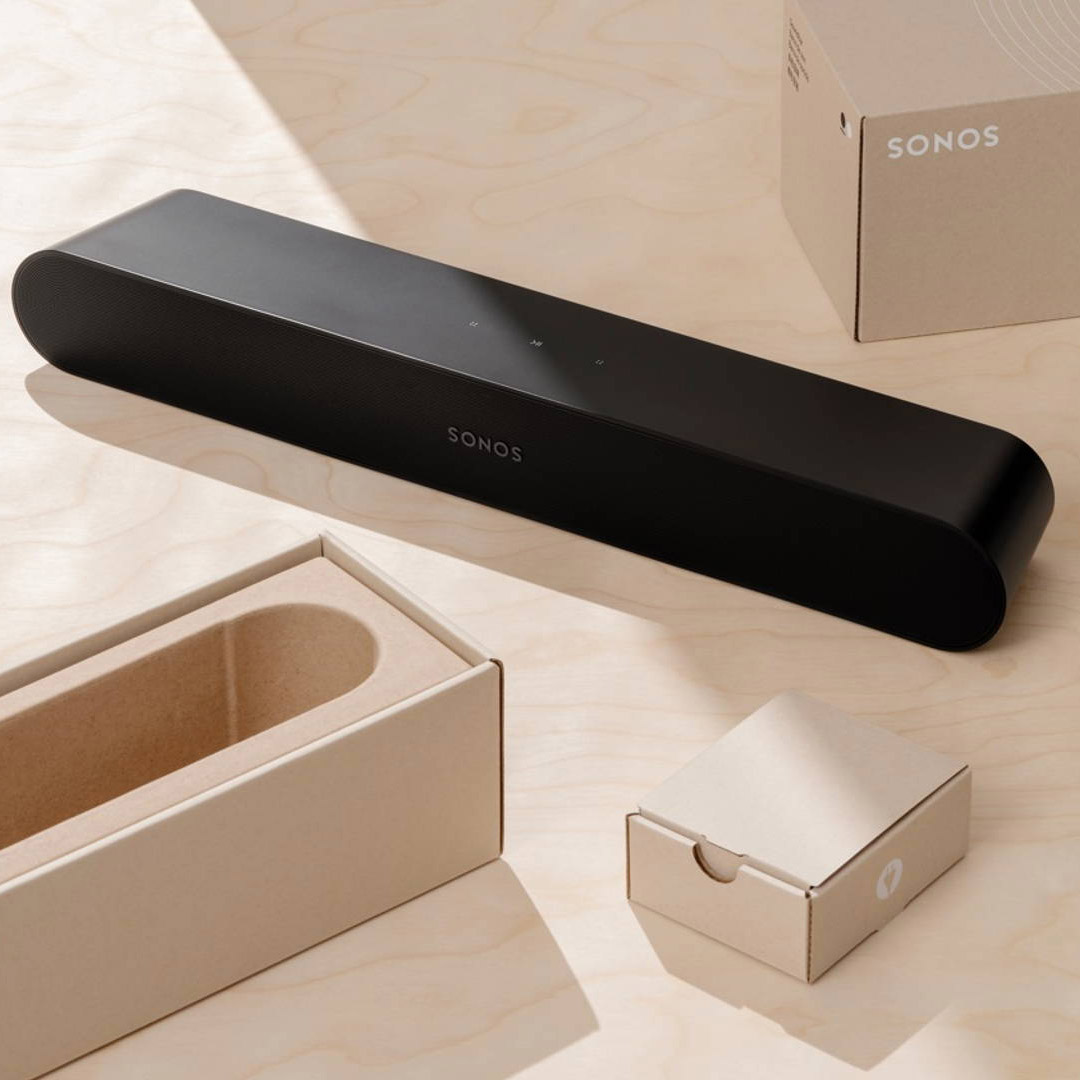
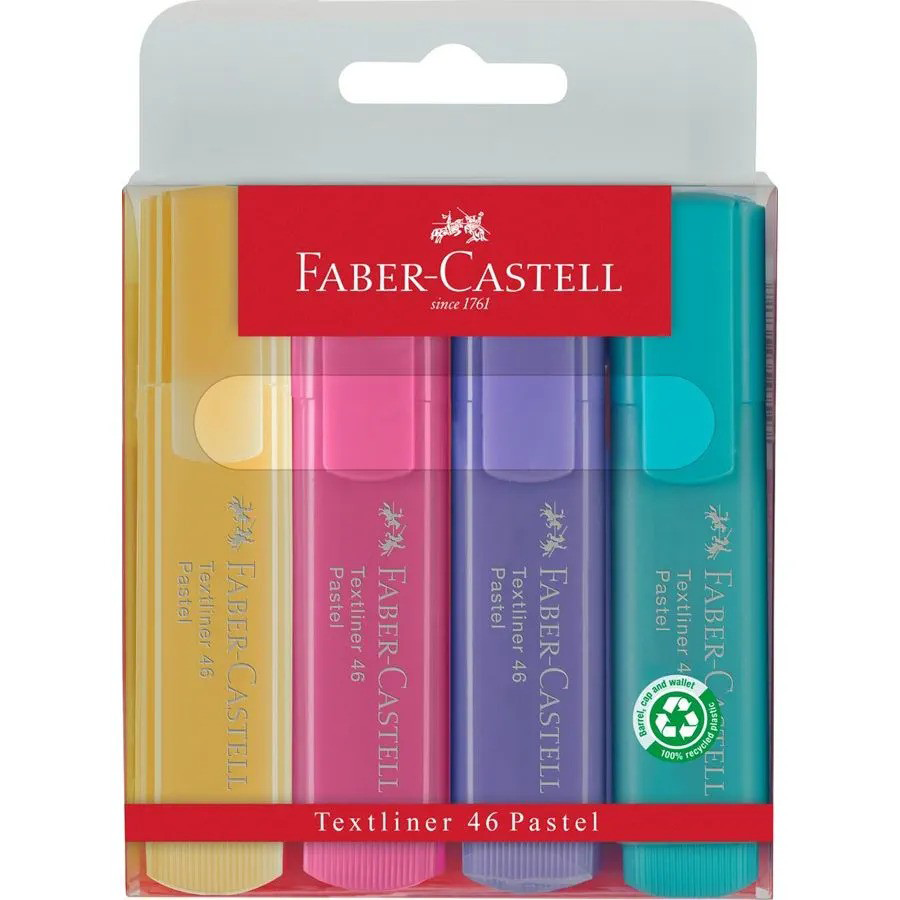
Trend 2
Lightweight packaging: Slim Down to Green Up
Less is often more, especially when it comes to packaging. Innovative design plays a key role in eliminating unnecessary packaging components. This reduces waste and saves costs. And it's not just primary packaging. It is often the secondary and tertiary packaging that is used during retail transportation that is a burden on the environment. Nike's One Box solves this problem: it is a shoe and shipping box in one, eliminating the need for additional outer packaging. The Swiss startup EcoCubly, on the other hand, offers reusable shipping boxes that are adjustable in size. They lead to less void fill, minimize filling materials and increase transport efficiency.
Merit Medical Systems is also successfully using sustainable packaging in the highly regulated medical device sector. The redesigned, optimized shipping box is not only reusable, but also provides better product protection and holds significantly more medical devices per pallet: from 600 to 1,400 devices. According to the company, this increase in efficiency has reduced transatlantic freight costs by 57%.
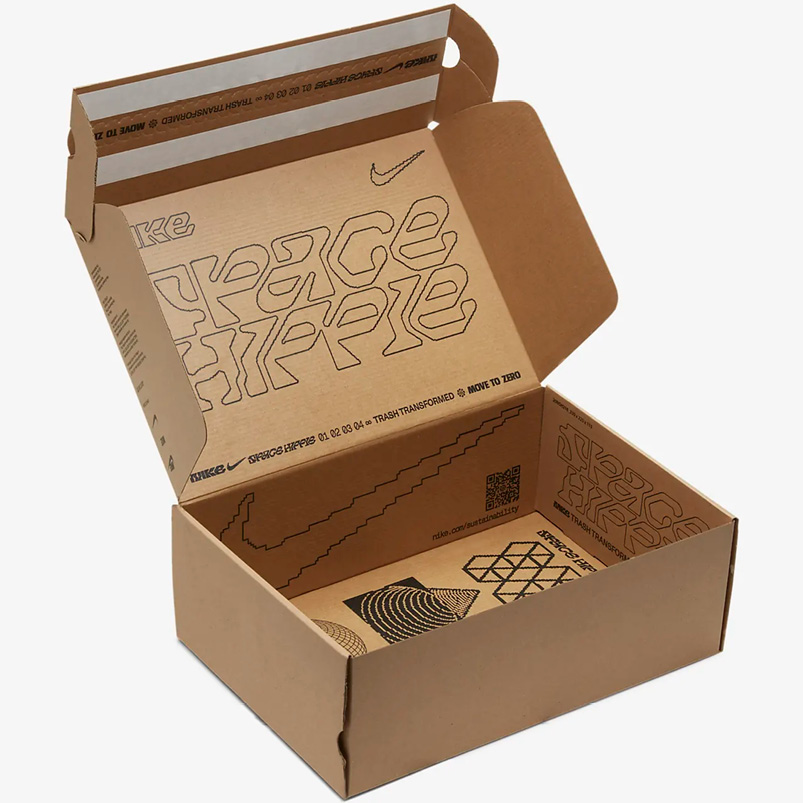
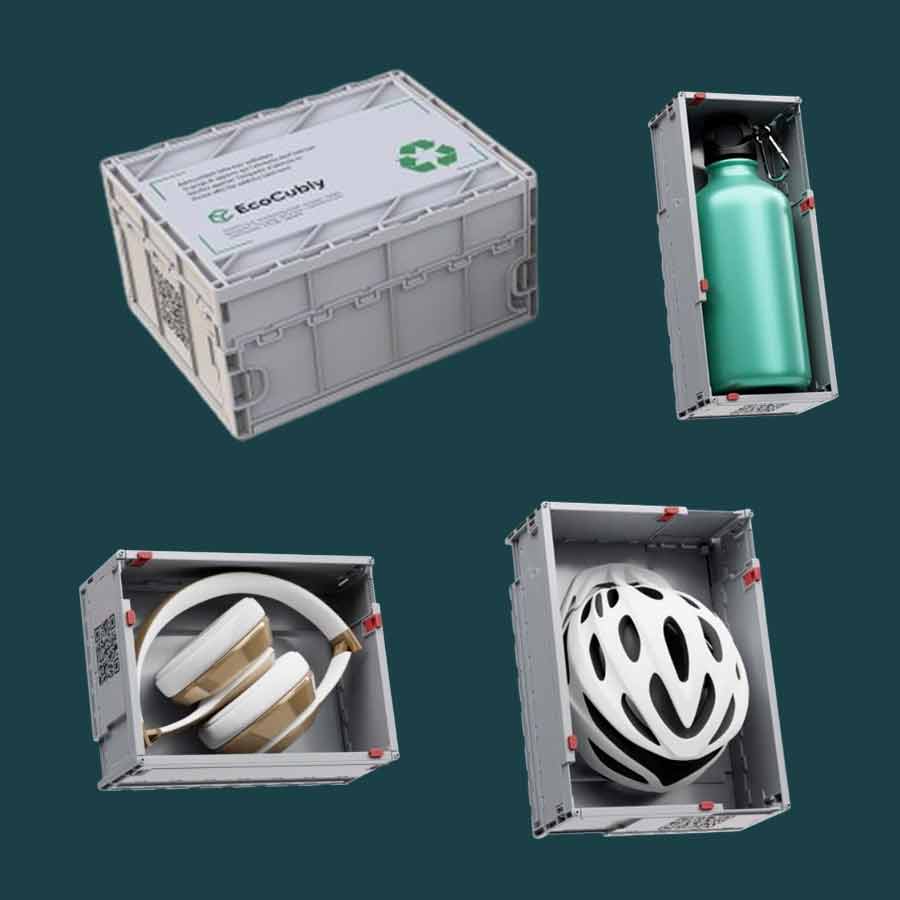
Trend 3
The Rising Momentum of Reusable Packaging
In both B2C and B2B, reusable packaging offers promising opportunities to reduce environmental impact and cut costs. It's a win-win situation. Especially when combined with take-back services, it creates exciting new business opportunities for companies. While reusable systems have been around for a long time, such as shipping containers or Euro pallets, they are now becoming increasingly popular with consumers who feel good about returning refillable or returnable packaging. Recup in Germany and Recircle in Switzerland show how reusable packaging concepts work in the food service industry.
In e-commerce, too, there are environmentally friendly alternatives to the flood of disposable cardboard packaging. Developed in St. Gallen, Switzerland, and adopted by Swiss Post, Kickbag is a sealable bag made from recycled PET that doubles as both packaging and shipping bag. Consumers can return it to online retailers free of charge. Meanwhile, the German startup sendmepack makes it easy to return packages to local stores. Our tip: In our experience, there is a huge potential for reusable systems in in-house packaging, which is needed for internal logistics between different locations.
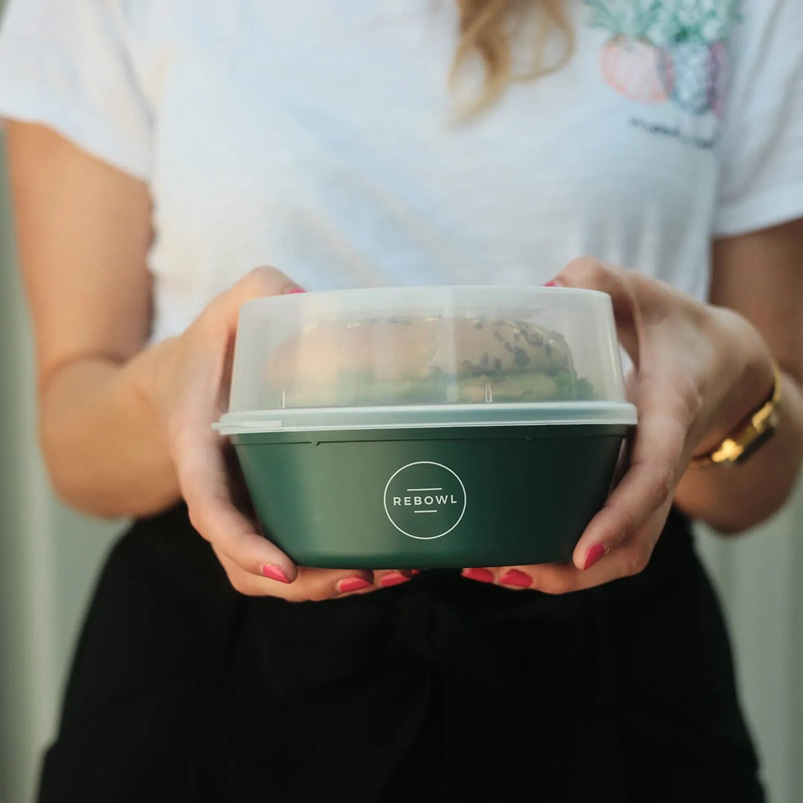
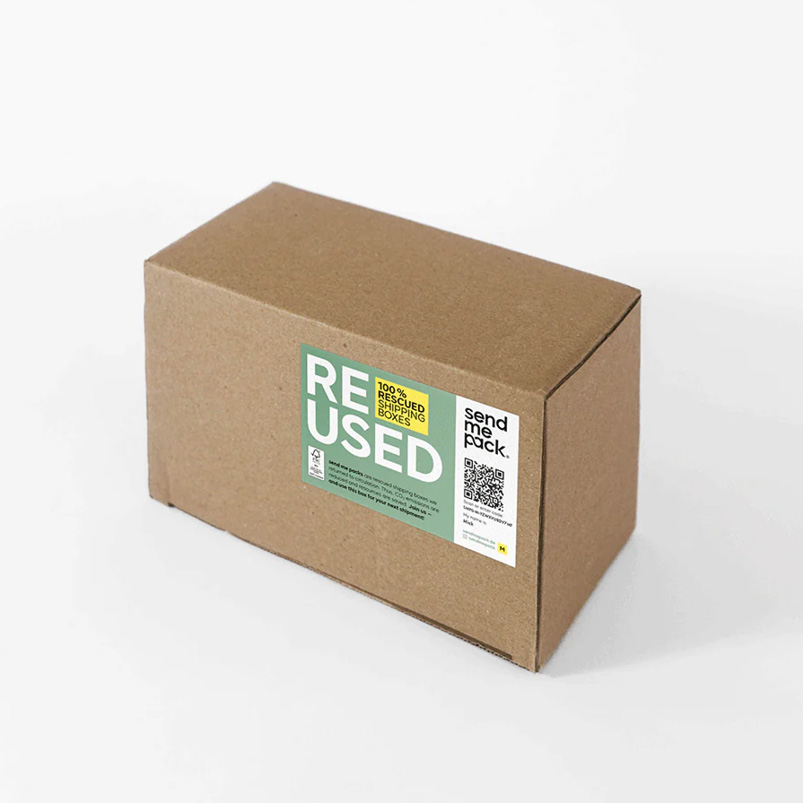
A recycled PET bag - the Kickbag - is used for packaging and shipping. Customers can return it for free by simply folding the empty Kickbag and dropping it in a mailbox. Back at the company, the packaging is reused for the next order.
Trend 4
Organic is the packaging of the future
From hemp to mushrooms, the search for alternative materials is yielding innovative solutions. Organic, naturally renewable, biodegradable, compostable and recyclable packaging solutions are no longer experimental, but ready for mass production. The German manufacturer Papacks uses hemp for bio-based packaging. Small start-ups such as mycrobez as well as large companies such as Adidas are using mushroom-based packaging. Algae are also in vogue because they are renewable and climate-friendly, sequestering far more carbon than trees. Just Eat is replacing the traditional plastic coating with seaweed to coat its takeaway boxes.
The British company On Repeat offers a compostable packaging and refill service for beauty brands. But be advised: Organic is not always fully organic. Although bio-based plastics are made from renewable resources, they are not always biodegradable. Nevertheless, they offer great potential for sustainable packaging, even in regulated sectors such as medical devices, as BIOVOX demonstrates. To give consumers more clarity about organic packaging, the independent testing and certification company TÜV Austria has started to certify different types of compostability with its OK labels.
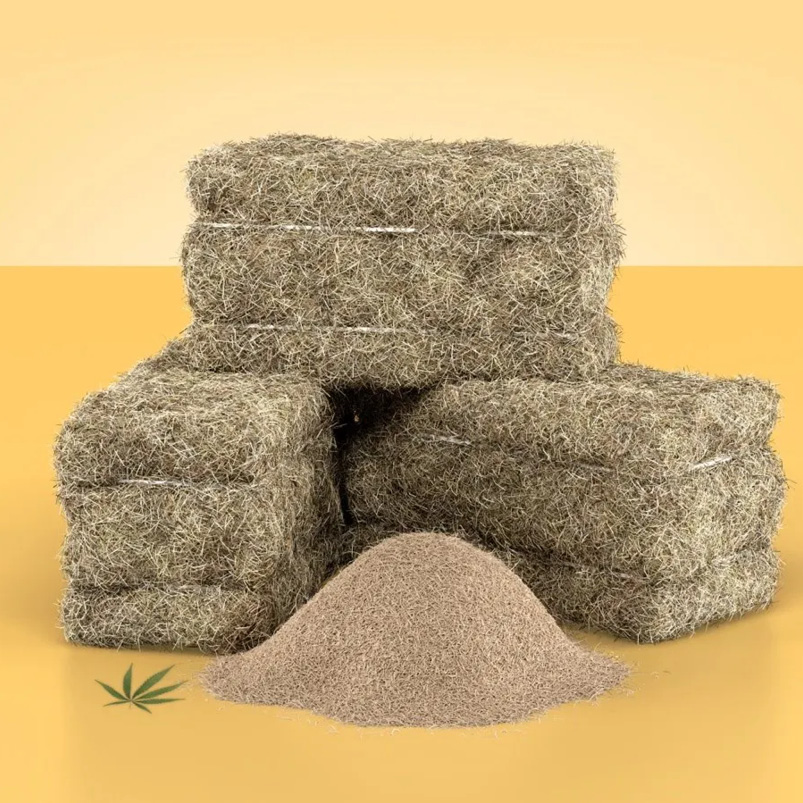
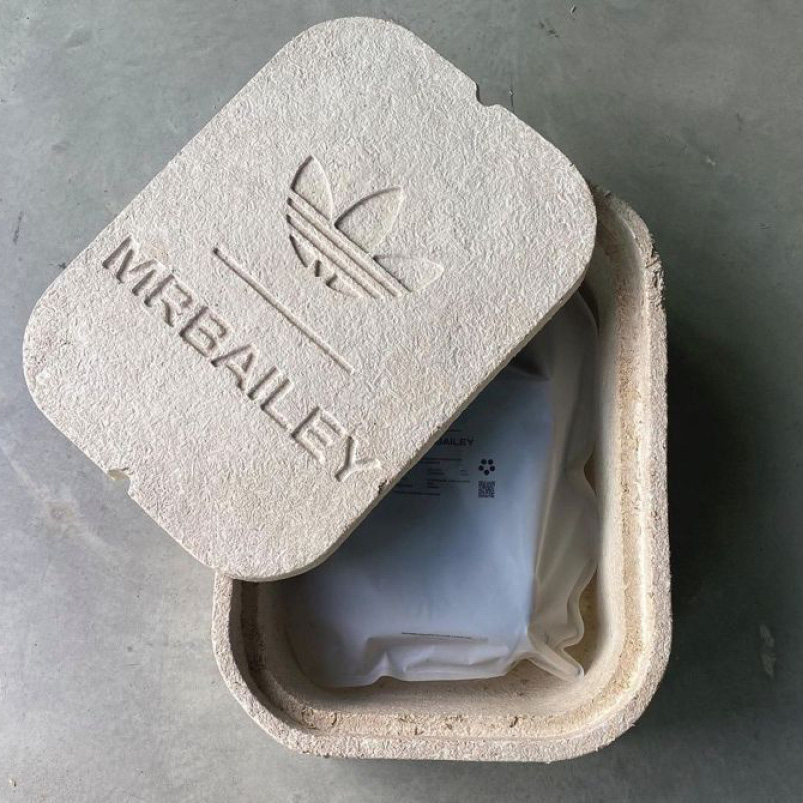
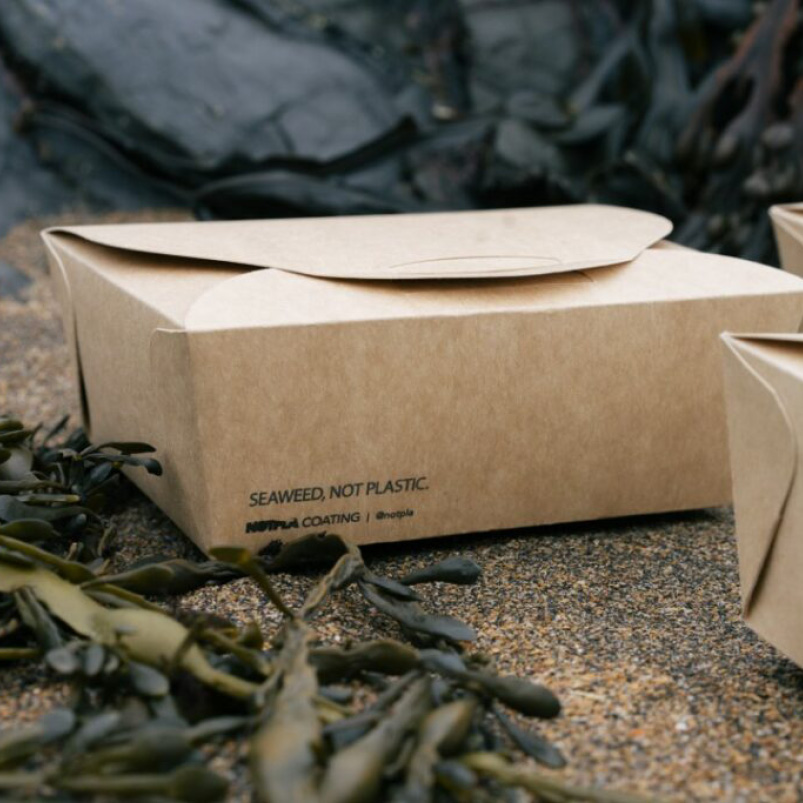
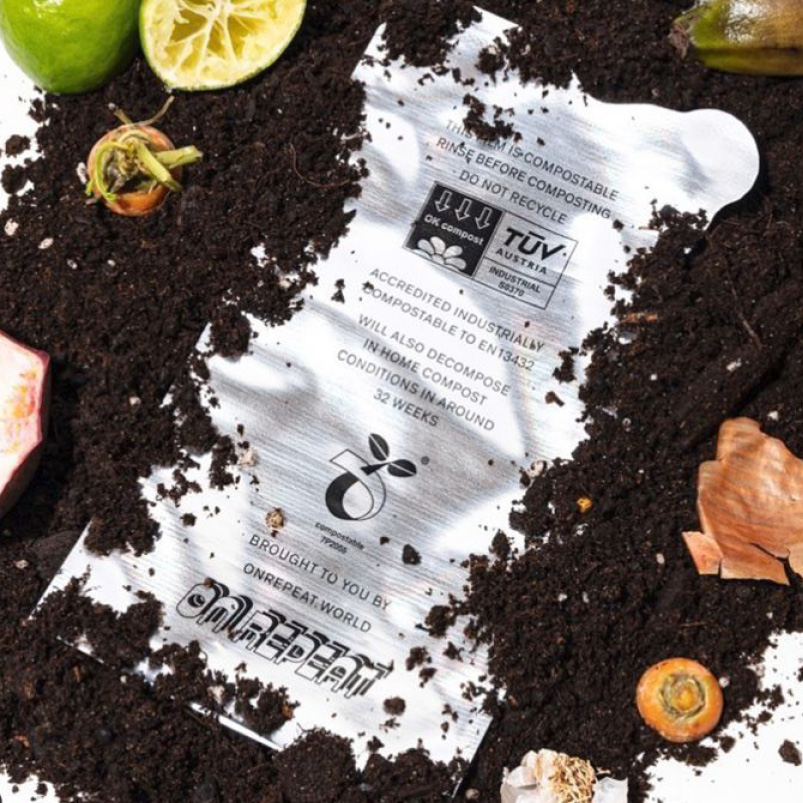
Trend 5
Track and Trace: Package Transparency and Labeling
Implementing circular packaging solutions requires good data. Intelligent tracking systems open up new possibilities for tracking packaging throughout its lifecycle in real time. From RFID to chemical barcodes, these technologies offer not only transparency, but also the opportunity to make the supply chain more efficient and closer to the consumer. In Estonia, Cuploop makes it easy to track reusable tableware using RFID tags, effectively enabling "reuse as a service" offerings.
The German company R-Cycle offers a digital product passport in the form of a QR code for sustainable plastic products and packaging. It records recycling-relevant information already during the production process, making the downstream sorting process after use much more effective. On the other hand, BASF marks physical objects with a chemical barcode and links them to a digital twin to better track the plastics they contain from production to recycling.
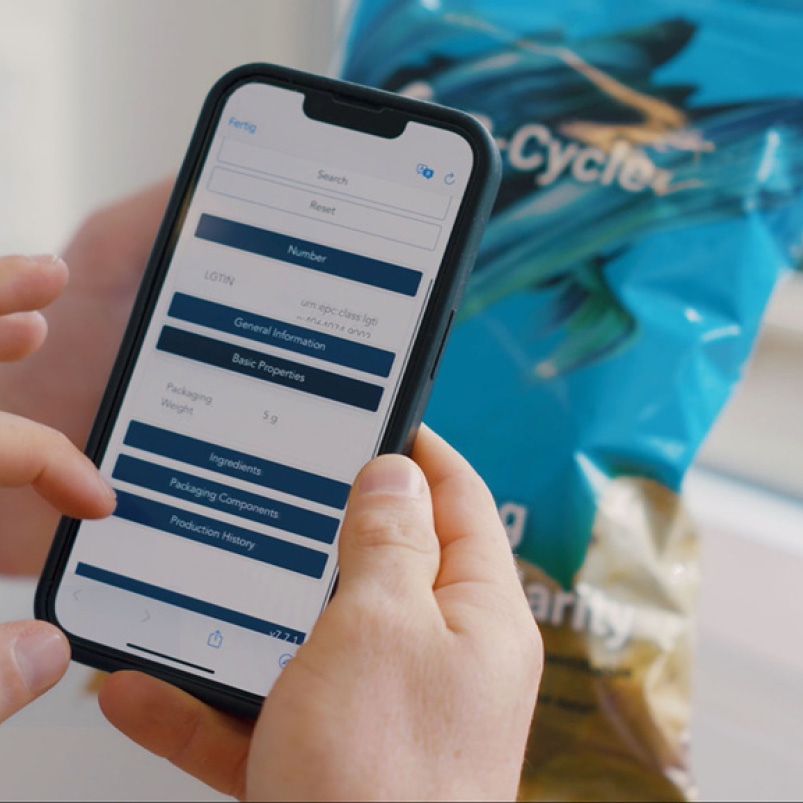
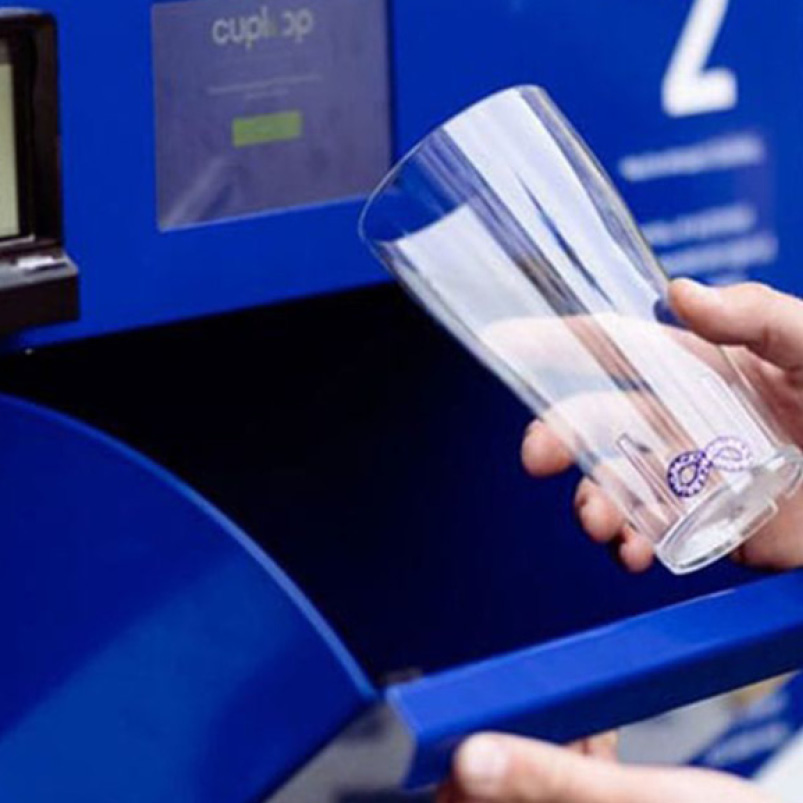
Ready to Lead with Sustainable Packaging?
Work with us to transform your packaging quickly and effectively. With our deep expertise in sustainable product and packaging design, we're here to guide you in developing eco-friendly packaging that not only aligns with your product, but also reinforces your brand and your company's commitment to the environment. We advocate developing your product and packaging simultaneously to identify sustainable strategies right from the start.
Embrace a holistic, data-driven approach by utilizung Life Cycle Assessments. This allows you to compare the environmental impacts of different solutions while addressing the multifaceted needs of your product's lifecycle. Our team is committed to assisting you in discovering the ideal packaging solution tailored to your business's unique requirements.
Blog post written by Nadine Wolf and Timon Becker.
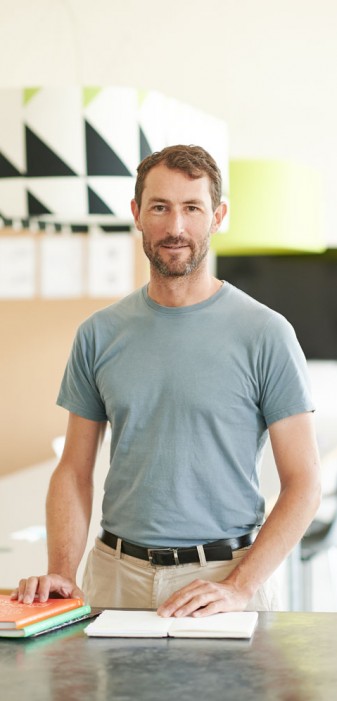
Lead Sustainability, Member of the Management Board
welcome@milani.ch
+41 44 914 74 74

